One of the most complete surviving collections of Civil War artifacts belonging to an individual Mississippi soldier is the T. Otis Baker Collection at the Mississippi Department of Archives and History. It includes several uniforms, accoutrements, pistol and holster, haversack, and utensils. In addition, the Mississippi Department of Archives and History has a large collection of manuscripts and photos related to Baker’s service. Baker’s uniform and equipment was on display at the Old Capitol Museum in Jackson, Mississippi, but unfortunately they are in storage now. Some of them can be seen in Echoes of Glory: Arms and Equipment of the Confederacy by Time-Life Books.
Thomas Otis Baker was born on March 14, 1844, in Natchez, Mississippi, the son of Edwin Bliss Baker and Elizabeth Baker. Both of his parents were born in Connecticut, and the date they moved to Natchez is not known, but by 1858 Edwin Baker was listed in the city directory as a merchant selling plantation goods from his store on the corner of Main and Broadway streets.
Edwin Baker became very wealthy in Natchez, reporting in the 1860 Census that he owned real estate valued at $16,000, and a personal estate worth $25,000. He also owned ten slaves, ranging in age from one year old to fifty years old. In that same census T. Otis Baker was listed as a 16-year-old clerk; he was probably working in his father’s store.
T. Otis Baker received his early education from the Natchez Institute, a free public school established in 1845 when Alvarez Fisk gave a plot of ground and a building “to be used solely as a public free school forever…at public expense all free white children residing in the city of Natchez, without distinction as to sex, shall be taught the usual branches of learning.”
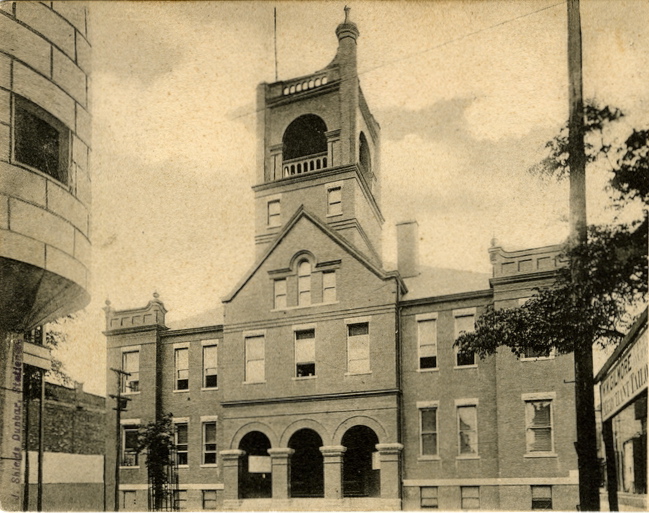
When the Civil War started in 1861, Baker was only 17, and he did not immediately join the Confederate army. His parents may have made him wait, for he was apparently a very patriotic young man. He joined the Natchez Cadets, a group of boys too young for service who acted as a home guard for the city. Baker must have shown leadership potential, for on May 18, 1861, he was listed as Captain commanding the Natchez Cadets. The youthful company was presented a flag in an impressive ceremony, and a local newspaper said of the event: “Yesterday evening at the parade ground on the bluff, a very beautiful and costly banner was presented to this company – the gift of the ladies of Adams County. The cadets are a company of youth, commanded by Captain T. Otis Baker, and certainly, in point of drill, discipline, care and quickness of movement, and gentlemanly and soldierly bearing, cannot be excelled in the state. Their appearance, marching, and discipline yesterday, elicited unbounded admiration.”

T. Otis Baker officially joined the Confederate army on March 8, 1862, at Natchez, six
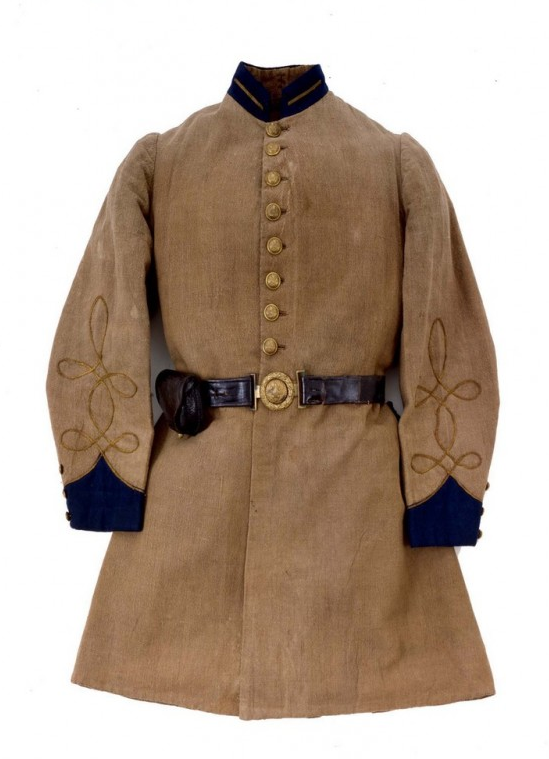
days before his 18th birthday. His time as captain of the Natchez Cadets must have been noticed for he enlisted in Company B, 10th Mississippi Infantry, as a second lieutenant for the period of three years or the war. When Baker left Natchez he took with him Fred Lee, one of the family slaves. When Baker died in 1910, his obituary stated: “Fred Lee, the negro servant, who attended Captain Baker from his childhood, having been a slave in the family before the war, and who served Captain Baker throughout the war, nursing him when he was wounded and who was faithful to him until the last moment, is taking the death of his former master and friend very hard.”
By the time Baker joined the 10th Mississippi Infantry in March 1862, the unit had already been in service for over a year. The men making up the 10th were among the first from Mississippi to leave the state, responding to a call on March 1, 1861, for troops to serve 12 months at Pensacola, Florida. The 10th, along with her sister regiment the 9th Mississippi Infantry, were accepted into Confederate service in April 1861, becoming the first units from the state to do so.
In late February 1862, the 10th Mississippi was ordered to Corinth, Mississippi, where it
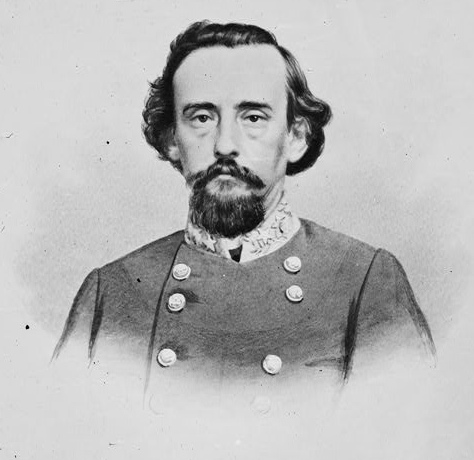
joined the army that soon came to be known as the Army of Mississippi. The 10th was assigned to the brigade of Brigadier General James R. Chalmers, made up of the 5th, 7th, 9th, and 10th Regiments of Mississippi Infantry. This brigade was known as “Chalmer’s High Pressure Brigade” during the war because of their excellent fighting abilities.
T. Otis Baker joined the 10th Mississippi just in time for the Confederate advance on Ulysses S. Grant’s army at Pittsburg Landing in Tennessee, about twenty miles north of Corinth, Mississippi. In the battle of Shiloh, Tennessee, fought on April 6-7, 1862, the 10th Mississippi, 360 men strong, was heavily engaged. Chalmer’s brigade was involved in six major assaults during the fighting, and had 82 men killed and another 343 wounded. In the process the brigade took over 1,600 Union soldiers prisoner.
Baker was wounded at Shiloh, but the wound must have been minor as he remained with the regiment after he was injured, and his service record barely makes mention of the incident. A few days after the battle Edwin Baker wrote to his son and told him: “I drop you this line by your brother, to say that the news of your victory and especially of your personal safety, after such a horrendous conflict of arms, has caused my head to overflow with gratitude to God for having enabled our brave men to vanquish the enemy on that eventful day, and for his goodness in shielding so many of our personal friends from harm.”
Although many Southerners considered Shiloh a victory, the battle was, in fact, a serious defeat, and the Confederate army was forced to retire back to Corinth, Mississippi. The Federals slowly advanced on the city, and Rebel skirmishers were sent out to slow their march. One of the unit’s selected for this duty was the 10th Mississippi, and in a skirmish at Michie’s Ridge on April 24, 1862, Baker was wounded. The injury must have been significant, as the young officer was given a furlough to return home to Natchez to heal. The May 1, 1862, edition of the Natchez Courier made note of his return saying: “We learn that Lieut. Baker and private Eustis, wounded in a skirmish at Corinth…returned home yesterday morning. It is gratifying for us to say to their many friends in the city & county, that they are doing as well as could be expected. All honor to the glorious “Natchez Southrons” who bravely fought the good fight at Shiloh!”
While Baker was recuperating in Natchez, the Confederate army abandoned Corinth on May 29, 1862, and retreated to Tupelo, Mississippi. The Federals promptly occupied Corinth and then split their army, sending 55,000 men east to take Chattanooga, Tennessee, while the rest remained in the north Mississippi area. The Confederates at Tupelo responded in kind, splitting their forces and sending 35,000 men under General Braxton Bragg to divert the Federals from Chattanooga by launching an offensive into
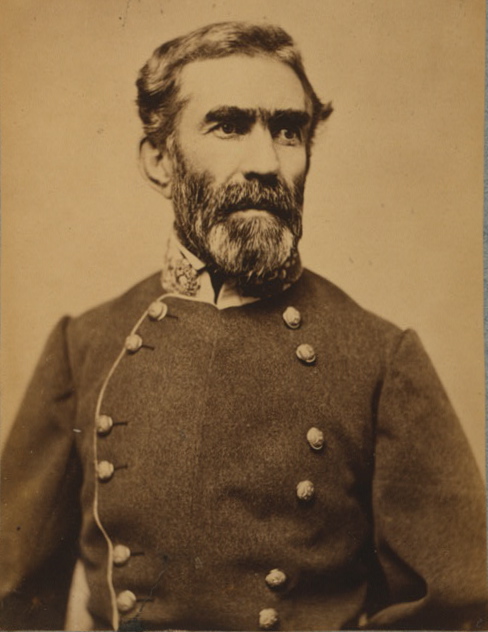
Kentucky that would force the Yankee army to follow. The 10th Mississippi was one of the regiments that went with Bragg, and Baker rejoined the unit in time for the advance into Kentucky.
Bragg began his movement from Chattanooga on August 28, 1862, and the first heavy fighting in the campaign came on September 14, 1862, when Chalmer’s Mississippi Brigade, including the 10th Mississippi, made an unsuccessful attack on the fortified town of Munfordville, Kentucky. During the attack the 10th Mississippi had the greatest loss of any unit in the battle; 13 killed and 95 wounded. Included among the dead were both the colonel and lieutenant colonel of the regiment.
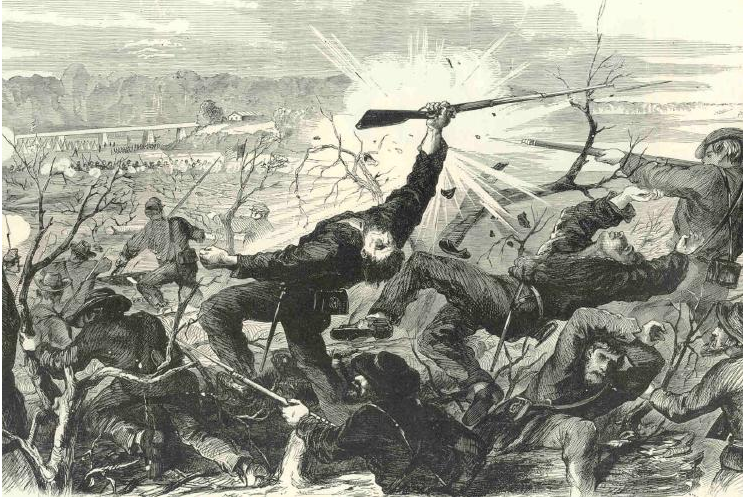
The fight at Munfordville made a big impression on Baker: one year after the battle he noted in his diary, “Sept. 14th – One year today since the bloody affair at Munfordville.” After the war Baker collected a number of artifacts from the battlefield, many of which still survive and are in the Baker Collection at the Mississippi Department of Archives and History.
Bragg’s invasion of Kentucky culminated in the battle of Perryville on October 8, 1862. The 10th Mississippi was on the field but was not engaged in the fighting. The Confederates lost the battle, and afterwards Bragg withdrew into Tennessee.
In November 1862, the Confederate Army of Tennessee was formed from two smaller armies. It was with this organization that Baker and the 10th Mississippi would fight for the remainder of the war. That same month, 0n November 28, 1862, T. Otis Baker was promoted from 2nd Lieutenant to 1st Lieutenant.
After the failed Kentucky campaign, Bragg retreated to Murfreesboro, Tennessee, about twenty miles from Nashville. The 10th Mississippi next saw action when Federal forces advanced on the city, prompting the battle of Murfreesboro on December 31, 1862 – January 2, 1863. In the fighting the 10th was involved in the assault on an area known as the “Round Forest,” later renamed “Mississippi’s Half-Acre” because so many men from the Magnolia State died trying to take the position. In the battle the 10th had 8 men killed, 70 wounded, and 6 missing. The Confederates lost the battle and fell back to the area around Tullahoma, Tennessee, and remained there until July 1863.
The Confederate army went into winter quarters after the battle of Murfreesboro, and Baker spent part of this quiet time back home in Natchez on recruiting duty. On February 7, 1863, Baker ran the following ad in the Natchez Courier: “Volunteers wanted for Bragg’s Army – Persons who are liable to conscription under the several acts of Congress, having now an opportunity of offering their services to their country and receiving all the benefits hitherto extended to volunteers…The undersigned are authorized to receive recruits and furnish them transportation to the army. It is presumed that the patriotic societies of Adams County will supply the necessary clothing. T. Otis Baker, J.J.G. Beau, Lieuts. and Recruiting Officers.”
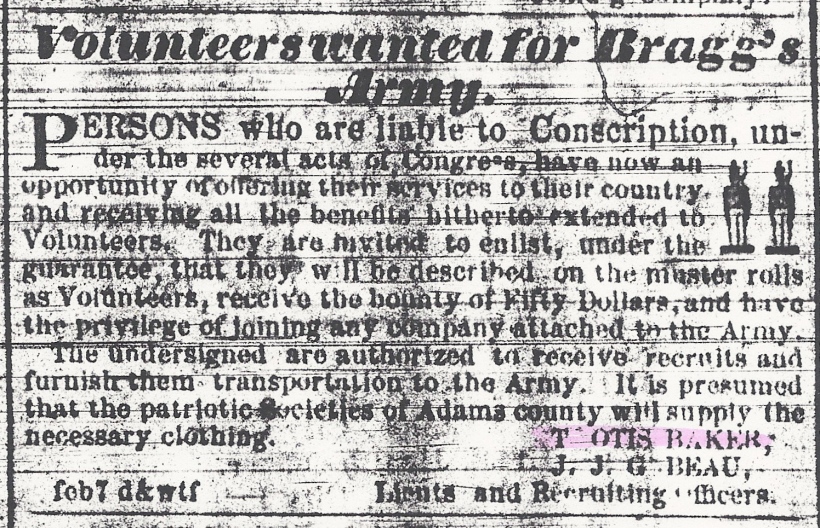
The 10th Mississippi along with the rest of the Army of Tennessee was inactive until mid-June, 1863, when a Union army under Major General William S. Rosecrans advanced on Chattanooga. On September 9, 1863, the Confederates were forced to give up the town and retreat into the mountains to the south. The Federals quickly pursued, but the Rebels, aided by reinforcements from Virginia, turned on them and attacked at Chickamauga, Georgia, on September 19-20, 1863. The 10th was not engaged on the first day of the battle and slept that night on ground that had been occupied by the enemy that morning. Baker wrote in his diary that the 10th “Had for our couches, ground which had resounded to the tread of the hostile forces during the day & for protection from the cold dew, trees that had humanely obstructed missiles which were intended to deprive fellow human beings & brothers of the precious boon – life.”
On the second day of the battle, the 10th Mississippi was in the thick of the action, breaking through a fortified line of the enemy and capturing three cannon. In fighting later in the day the regiment was thrown against a second fortified position and made repeated charges against it, but were unable to break through. The combat went on so long that the regiment ran low on ammunition, and their rifles were so choked with black powder that the men had to hammer the ends of their ramrods against trees to force home the bullets.
In his diary Baker wrote a vivid account of the fighting at Chickamauga on the second day: “Moved forward to the charge. In one hour we had driven the enemy three miles. Our brigade (Anderson’s) captured twelve pieces of artillery & our regiment three pieces. The brigade was engaged during the remainder of the day with a reserve division of the enemy. They charged us once but were repulsed with heavy slaughter. They occupied a hight which we stormed three times but were unsuccessful, not being well supported on the flanks…Providence in its goodness seems to turn aside the deadly missiles.”
Although the assault along the 10th’s section of the line failed, the Confederates broke the Union line in another area, forcing the Yankees to retreat back to Chattanooga. In the fighting at Chickamauga, individual casualties were not listed for the 10th, but the brigade to which they belonged suffered 80 men killed, 464 wounded, and 24 missing. I his official report on the battle, Colonel James Barr Jr. of the 10th Mississippi cited T. Otis Baker from his gallant conduct in the fight.
The Confederate Army of Tennessee besieged the Union army at Chattanooga, and the 10th Mississippi next saw action on November 25, 1863, when the Yankees attacked the Rebel position on Missionary Ridge. In the assault the Rebel line on the ridge broke, and the Confederates had to retreat south into Georgia where they went into winter quarters. No losses were officially reported for the regiment or brigade in the battle, but the casualties were probably light.
While in winter quarters in March 1864, Baker recorded in his diary an account of a snowball fight among the men that was so intense it sounds like he was talking about an actual battle: “About the latter hour 9 A.M. two lines of battle were formed by the 10 & 44 Regts. which charged the [camp] of the 41st Miss. The result of the battle was the dispersion of the 41 who for a short time fought stubbornly, the capture of their Colonel and several other officers and the occupation of their Regimental Parade.”![]()
The 10th Mississippi was not engaged in any serious fighting until May 1864, when the Union armies under Major General William T. Sherman began advancing into Georgia with the goal of capturing Atlanta. In sharp fighting the 10th saw action at Rocky Face Ridge in early May, at Resaca on May 14-15, skirmished at Cassville on May 19, fought in the battle of New Hope Church on May 26-28, and fought at Kennesaw Mountain in June.
The Confederate army was slowly pushed back on Atlanta in these grinding battles, and the near constant marching and fighting left the men of the 10th Mississippi exhausted. On May 24, 1864, a clearly worn-out Baker scribbled on a scrap of paper, “Day was very warm & sultry. Began to rain soon after dark and continued to do so until near day light. Lay down under a tree with a blanket thrown over three of us but slept very little. This is about the most unpleasant part of a life which has no pleasures to say the best of it. Tis hard for a soldier to have his rest interrupted, but it is especially disagreeable to be awakened at night by the pattering rain on the face.”
By mid July the Federals had reached the outskirts of Atlanta, and beginning on July 20, the Confederates launched a series of attacks to try and drive them back. In an assault on July 28, T. Otis Baker was struck twice by bullets and badly wounded. He was not the only member of the regiment to be struck down: the 10th Mississippi had 16 men killed, 67 wounded, and 4 missing in the fighting. In addition, the regiment had five color bearers shot down during the battle.
Baker was sent to Newsome Military Hospital in Thomaston, Georgia, where he was treated for gunshot wounds to the right thigh. On October 15, 1864, he was granted a medical furlough to Meadville, Mississippi, to continue recovering from his wounds; he couldn’t go back to his home in Natchez, as the city was occupied by the Yankees.
While Baker was on furlough, the 10th Mississippi took part in the Army of Tennessee’s invasion of the state of Tennessee in November and December 1864. In the battle of Franklin, Tennessee, on November 30, the regiment was heavily engaged, suffering 13 killed, 35 wounded, and 14 missing. In fighting at Nashville on December 15-16, the Army of Tennessee was decisively routed and forced to make a retreat back to Mississippi through terrible winter storms.
In 1865 the survivors of the 10th Mississippi were sent east for one final campaign in the Carolinas. Baker returned to the regiment at this time and was promoted to the rank of captain on April 10, 1865. The 10th marched through South Carolina and North Carolina, but missed participating in the last major battle in the east, Bentonville, North Carolina, on March 19, 1865.
On April 26, 1865, the Confederate army in North Carolina surrendered and were paroled at Greensboro. There were 64 men present from the 10th Mississippi, including T. Otis Baker. On May 2, 1865, the men of the 10th were officially paroled and allowed to travel back to their homes in Mississippi. When Baker arrived in Natchez he took the amnesty oath on July 21, 1865, swearing that he would “Faithfully support, protect and defend the Constitution of the United States, and the Union of States thereunder.”
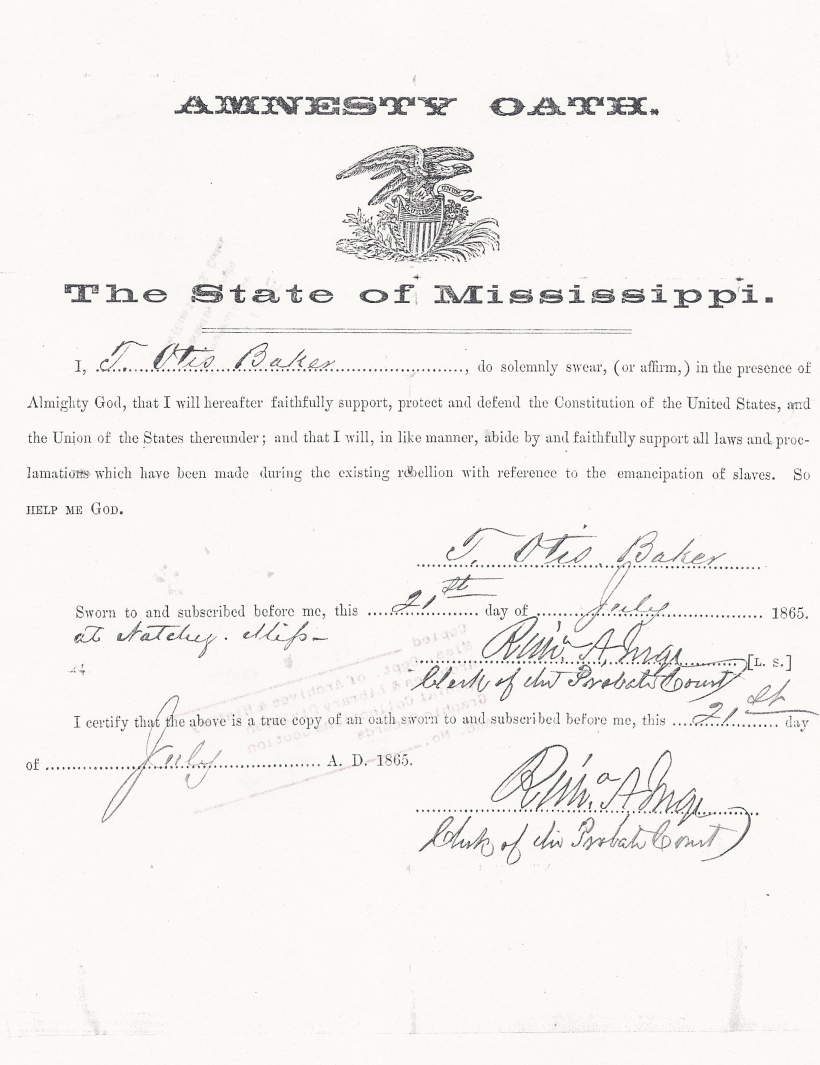
During the course of the war, Baker’s Company, the “Natchez Southrons,” had 127 men serve in its ranks from 1861-1865. Of that number, 18 were killed in action or died of their wounds, 1 died accidentally, 15 died of disease, and 11 were permanently disabled by wounds. Sergeant John C. Rietti of the 10th Mississippi kept a daily record while in the service, and he later calculated that the regiment marched 3,500 miles on foot and was transported by rail or boat 5,000 miles.
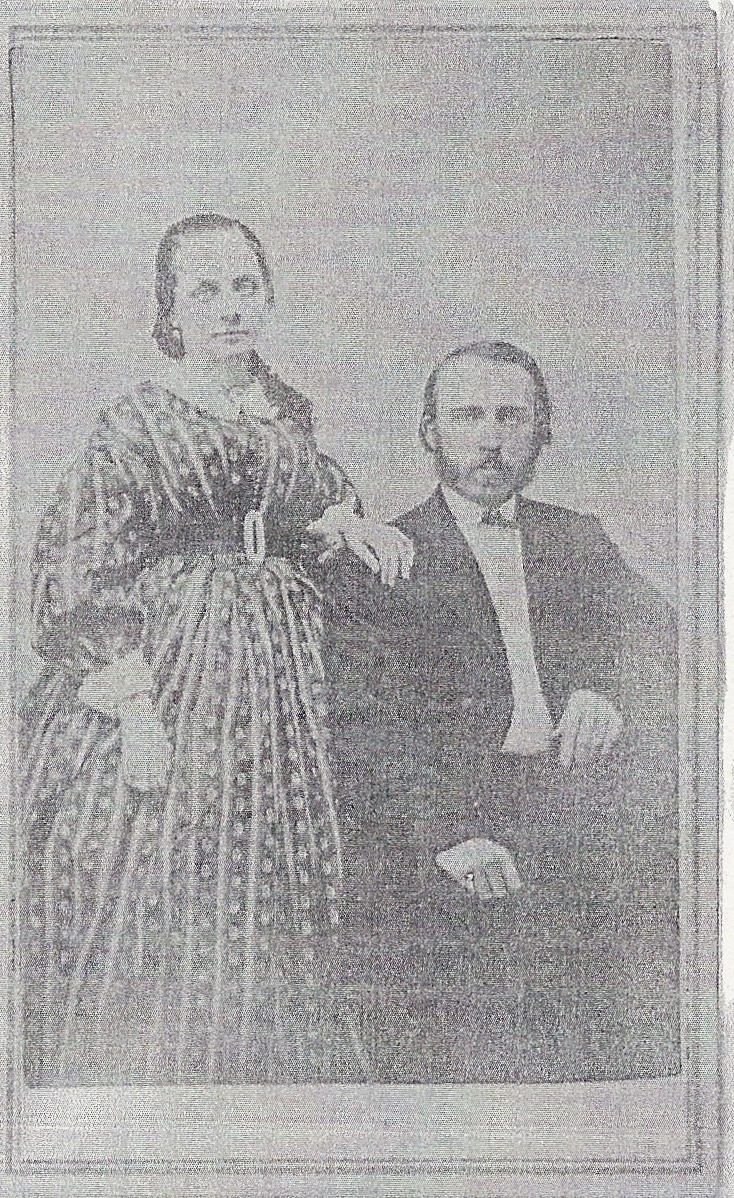
T. Otis Baker married Sarah Seaman on August 14, 1865, at Natchez, but she died less
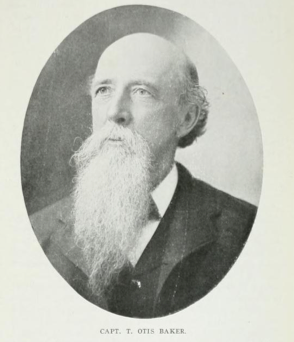
than a year later. Afterwards Baker enrolled in law school at the University of Virginia, and after graduating began practicing law in Baltimore, Maryland. In 1871 he married Olivia J. Saunders, and the couple had eight children.
In the 1870s Baker moved back to Natchez, where he was a very prominent citizen. For many years he was the city solicitor, and he was especially lauded for his work in charge of the quarantine of Natchez during the Yellow Fever epidemic of 1878. T. Otis Baker died in Natchez on June 14, 1910, and was buried in the city cemetery.
Sources
Boatner, Mark Mayo III. The Civil War Dictionary. New York: David McKay Company, 1959.
Bubbles. 1921 Yearbook of Natchez High School.
Compiled Service Records of Confederate Soldiers Who Served In Organizations from the State of Mississippi: 10th Infantry. Record Group 9, Mississippi Department of Archives and History, Jackson, MS.
The Daily Democrat (Natchez), June 15, 1910.
Moneyhon, Carl and Bobby Roberts. Portraits of Conflict: A Photographic History of Mississippi In The Civil War. Fayetteville, AK: University of Arkansas Press, 1993.
Natchez Courier, May 18, 1861, May 1, 1862, February 7, 1863
Rietti, John C. Military Annals of Mississippi: Confederate. Spartanburg, SC: The Reprint Company, 1978.
Rowland, Dunbar. Military History of Mississippi 1803-1898. Spartanburg, SC: The Reprint Company, 1978.
T. Otis Baker Diary, Z/0072.001, Mississippi Department of Archives and History, Jackson, MS
T. Otis Baker Papers, Z/0734, Mississippi Department of Archives and History, Jackson, MS.
United States War Department, Compiler. War of the Rebellion: Official Records of the Union and Confederate Armies. 73 volumes, 128 parts; Washington, DC: 1880-1902.
Wiley, Bell Irvin. The Life of Johnny Reb. Baton Rouge, LA: Louisiana State University Press, 1990.
Being from Corinth, MS I greatly enjoyed this personal perspective of T. Otis Baker of the 10th Mississippi Infantry. Also, having just participated in the 150th anniversary of Shiloh one of the many units forming our battalion was the 10th Mississippi. What a coincidence that I would run across such a diary from an actual member of this great unit after just having spent five days in camp with a re-enactment unit honoring the same unit.
I havegreatly enjoyed your writings of the Mississippians who fought in the Armies of the Confederacy. I am currently reseaching my great, great, great grandpa Timothy Meshack Patrick of the 18th Mississippi Infantry Regiment, Company I. I am also researching my husband’s great, great, great Grandpa Samuel J. France of the 31st Indiana Infantry Regiment, Company G. They possibility fought against each other at the Battle of Chattanooga and the Battle of Chickamauga. I haven’t confirmed it as yet since Grandpa Patrick spent a lotof time in the hospital in Farmville and at the. Stuart hospital in Richmond. However, he didn’t always do as proscribed. He was wounded at the Battle of the Wilderness and was furloughed for forty days. He was then wounded severely in the Battle of 2nd Cold Harbor probably from canister shot. When I told my husband’s uncle, he said he was either incredibly brave or incredibly stupid. He was furloughed for the rest of the war yet he was picked up by Union troops in Citronelle, AL. Strange.
Glenda Tolbert France
T. Otis Baker kept nearly everything, even his suspenders and underwear, from his wartime service and we are greatly advantaged for his efforts. He was a true and brave patriot…and a great citizen after the war.